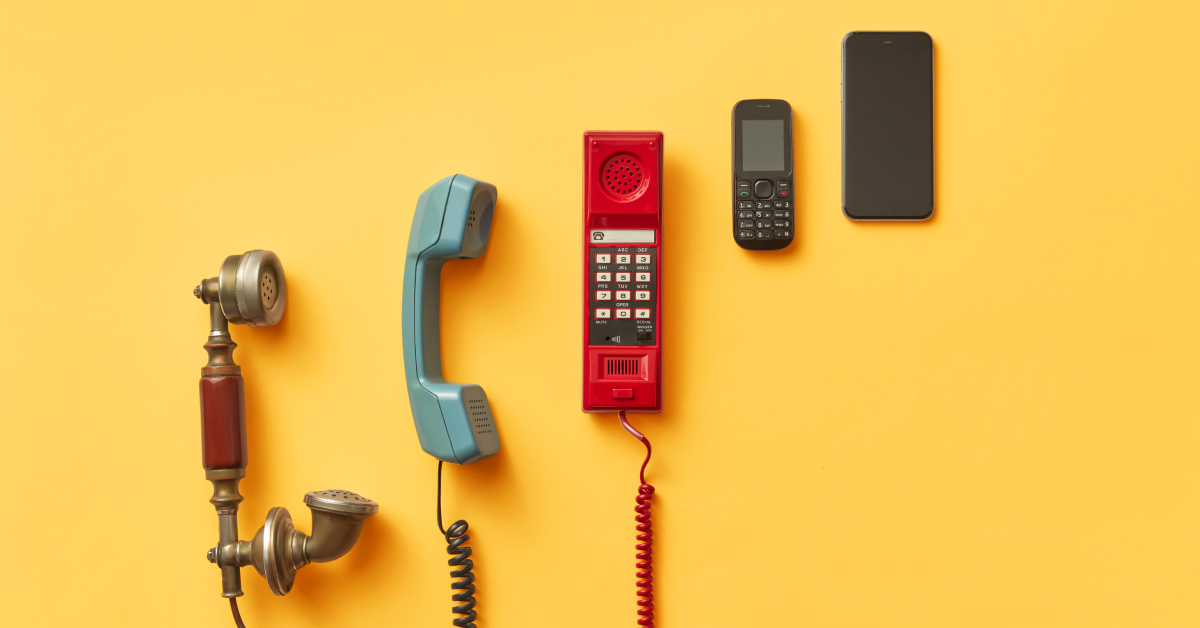In the early days of the pandemic, we all saw video calls as a short-term fix for replacing what we were missing in the office. But as the years have passed, many of us have come to the reality that video calls don't measure up to in-person communication. In fact, studies show that they may be making most meeting interactions worse, especially for women.
Research published in the Journal of Applied Psychology found that women, and newer employees, experienced higher levels of fatigue after video calls — regardless of the length of meetings. And similar to the dynamics of being in office, women also faced greater concerns about image, including the appearance of their hair, nails, and makeup.
"We're looking at ourselves, worried about making eye contact, worried about how we look, worried about how we're being perceived," said Heather Hansen, leadership advisor and host of The Elegant Warrior podcast. "It's all a distraction from the conversation at hand."
Picking up the phone (or turning off the camera) has plenty of perks. From cultivating increased empathy, to establishing more intentional communication, audio-only calls can let women get back to focusing on doing their best work, rather than worrying about their perceived appearance on camera.
When less is more
Though you might assume that video calls would provide additional context clues, such as observing facial expressions and body language, research shows that these clues are more deceiving than they appear. In fact, people are more likely to use these expressions to mask their internal feelings rather than reveal their true emotions, according to the American Psychological Association.
Voice-only conversation, on the other hand, enhances our ability to accurately convey and perceive thoughts and emotions because it relies on the tone of voice and the content of the language being shared without distraction (and potential deception) of the other senses.
"On the phone, if I'm paying attention and really listening, I'm more likely to be able to tell whether you're upset or angry, distracted or frustrated," said Hansen. For that reason, she suggests her clients nudge their colleagues and cohorts to move most of their calls to the phone.
Setting intentions early
With cameras off, the temptation to multitask can compound, but leaders can cultivate a sense of intention at the beginning of every meeting by asking for active listening and participation. Hansen suggests asking for different people's inputs throughout the call, while still being mindful of people's personalities. "A lot of the time, the less vocal people give the best recommendations, if you can draw them out," she said. "Calling on people lets everyone know they're expected to make a contribution."
The phone also gives employees a freedom of movement from their monitors, which is an opportunity to build a healthier environment. "Convert video calls to 'walking meetings,'" suggests Karrie Brazaski, founder of Redwood Executive Coaching. "This creates a culture of wellbeing instead of just sitting at a desk or monitor all day."
Creating an off-camera culture
Picking up the phone and just calling a colleague can also create more of those "water-cooler moments" that can't be achieved with a formal video call. Taking some of the pressure off video allows for more casual conversation and sharing informal information that might not otherwise come up.
While the pandemic may have created the "camera on" culture, it may be time to reassess whether or not video calls are the best strategy for a more productive and engaging workforce moving forward.



